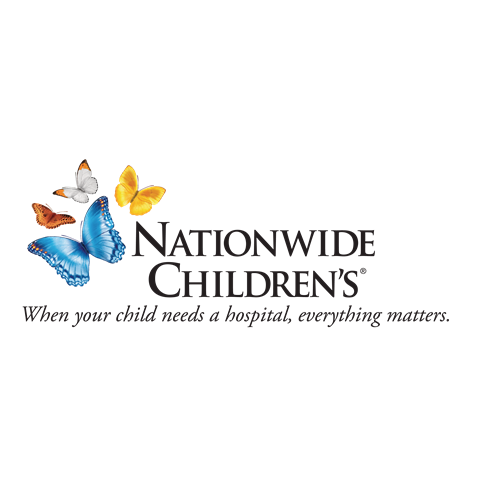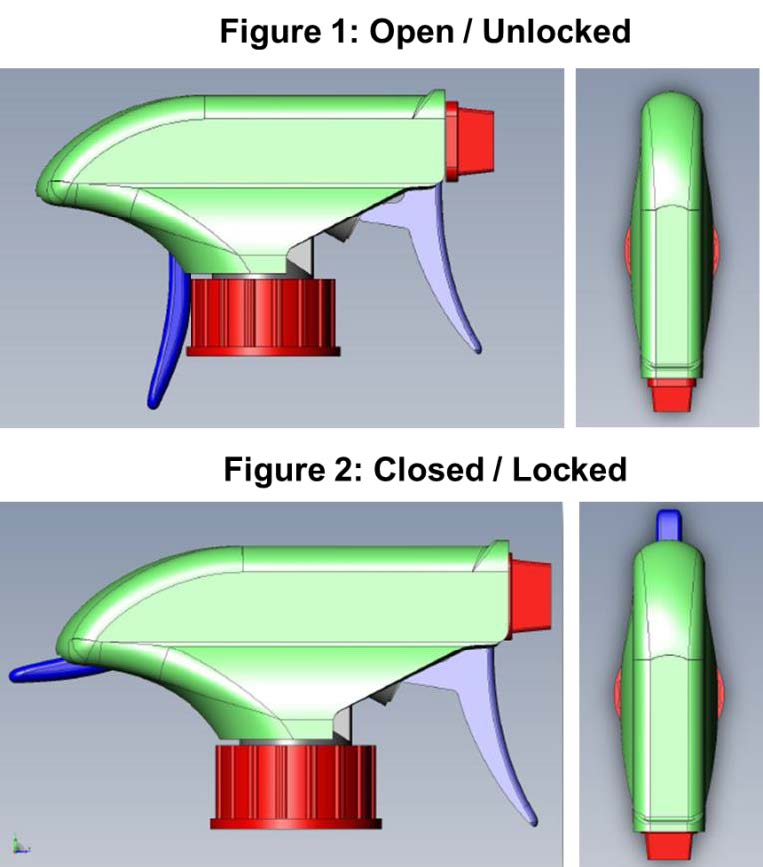Available Technologies
# of Displayed Technologies: 10 / 40
Applied Category Filter (Click To Remove): Technology Types
Categories
 Methods for Anticipating Antibiotic Sensitivity in Bacteria Released from Biofilm Residence
Methods for Anticipating Antibiotic Sensitivity in Bacteria Released from Biofilm Residence
TS-002176 — In order to effectively treat bacterial infections, a clear understanding of the bacterium’s antibiotic sensitivity is needed. Researchers at Nationwide Children’s Hospital’s Center for Microbial Pathogenesis created a new method to assist in prescribing antibiotics for infections caused by a biofilm to reduce the dosage and the length of antibiotic treatments.
Depending on the bacteria’s physiologic state the antibiotic sensitivity can be highly variable. Originally, bacteria were believed to exist in two physiologic states: planktonic and biofilm. However, the research team based their methods on two additional but transient physiologic states they…
- College:
- Inventors: Bakaletz, Lauren; Goodman, Steven
- Licensing Officer: Murrah, Kyle
 Neuregulin-1 as Protection from Respiratory Viral Infections
Neuregulin-1 as Protection from Respiratory Viral Infections
TS-002168 — Children have a higher chance of morbidity and mortality from respiratory viral infections. Severe respiratory viral infections like Respiratory Syncytial Virus (RSV) and Parainfluenza viruses can lead to the development of asthma in patients. Clinical researchers at Nationwide Children’s Hospital found that neuregulin-1 (Nrg-1) may be an effective and protective treatment for patients diagnosed with severe respiratory viral infections. Their successful models with mice showed that Nrg-1 may prevent post-viral airway disease and reduce mortality if further studied and applied to human patients in the future.
- College:
- Inventors: Grayson, Mitchell; Hussain, Rehan
- Licensing Officer: Murrah, Kyle
 Second Generation Closed Seeding System for the Tissue Engineered Vascular Graft
Second Generation Closed Seeding System for the Tissue Engineered Vascular Graft
TS-001227 — A team of physicians at Nationwide Children's Hospital have developed a process to improve the acceptance of implanted vascular grafts. This Tissue Engineered Vascular Graft (TEVG) is patient-specific. It seeds patient cells onto a biodegradable tubilar scaffold, which is designed to dissolve with hydrolysis so that only the growing vessel remains. This system, the Closed Seeding System, combines patient imaging data, 3D-printing capabilities, and efficient collection and subsequent seeding of patient cells onto the TEVG scaffolding.
- College:
- Inventors: Breuer, Christopher; Hibino, Narutoshi
- Licensing Officer: Murrah, Kyle
 Sweat Technology for Monitoring Cystic Fibrosis Health and Adherence
Sweat Technology for Monitoring Cystic Fibrosis Health and Adherence
TS-001225 — Cystic fibrosis is an inherited disorder that affects cells that produce sweat and mucus, causing significant damage to the digestive system, lungs, and other organs. A team at Nationwide Children's Hospital has developed a non-invasive monitoring system to track and test a patient with this disease. This technology is a skin patch that measures the metabolomics of the patients sweat to evaluate the clinical health of patients afflicted with cystic fibrosis.
- College:
- Inventors: Hayes, Don; Kopp, Benjamin; Woodley, Frederick
- Licensing Officer: Murrah, Kyle
 Preference Cards and Decision Aid to Facilitate Shared Decision Making in Contraceptive Counseling
Preference Cards and Decision Aid to Facilitate Shared Decision Making in Contraceptive Counseling
TS-001224 — Decks of cards have been used to facilitate knowledge for decades. A team of researchers led by Dr. Elise Berlan have developed a series of cards that combine summaries of contraceptive counciling information and patient preferences. This includes key components of contraceptive preferences which can then be used with a care provider to determine the best form of contraceptive for the patient's preference and decreases the stigma associated with discussing topics like contraceptives as adolecents or young adults.
- College:
- Inventors: Berlan, Elise
- Licensing Officer: Murrah, Kyle
 Child-Restraint Spray-Bottle for Household Cleaning Products
Child-Restraint Spray-Bottle for Household Cleaning Products
TS-001037 — When it comes to the safety of our children, innovation never stops. There have been many improvements to the safety of devices and receptacles that can be toxic or life threatening if consumed or exposed to skin. A team of researchers at Nationwide Children’s Hospital have incorporated this desire for security into a common household product: the spray bottle. Often filled with harmful chemicals, spray bottles remain one of the leading causes of chemical exposure injuries in children. The team at NCH has developed a “two-step authentication” spray nozzle that requires the dexterity beyond that of a small child. This dual trigger approach requires a full grip that prevents kids from accessing the contents of the spray bottle, while remaining easily usable by adults and seniors.
Benefits and Applications:
Inventors anticipate that incorporating this product into households will result in a decline in child injury due to accidental activation of spray bottles.
Stage of Development:
- College:
- Inventors: McKenzie, Lara; Nelson, Nicolas; Roberts, Kristin
- Licensing Officer: Murrah, Kyle
 A Virtual Reality Simulation to Aid in Exposure to Therapy for School Avoidance
A Virtual Reality Simulation to Aid in Exposure to Therapy for School Avoidance
TS-001036 — School can be a daunting experience. Constant motion, public speaking and a new environment can increase anxiety in children, sometimes leading to school avoidance. A team at Nationwide Children’s Hospital has developed a solution, where exposure therapy procedures are combined with modern technology can improve the school experience for people of all ages. Using a Virtual Reality (VR) Simulation, clinicians are able to use the multi-user capability to interact with and guide their patient through new environments such as classrooms, hallways and lunchrooms, as well as scenarios known to trigger increased anxiety such as public speaking or asking for help. Biofeedback components help collect data so that the clinician can adapt the experience to the user. Although targeted for school-aged children, this technology can be modified to treat any person with school or public phobia.
- College:
- Inventors: Huang, Yungui; DeForte, Shelly; Luna, John "John"; Mackner, Laura ; Vickery, Elizabeth
- Licensing Officer: Murrah, Kyle
 RyaBhata: A Shiny R Application for Single Cell Transcriptome Data Analysis and Visualization
RyaBhata: A Shiny R Application for Single Cell Transcriptome Data Analysis and Visualization
TS-001035 — Shiny R is an open source platform that allows a framework to develop online applications. With minimal required background in coding principles, a team of researchers at Nationwide Children’s Hospital were able to display and interact with the analysis made of single-cell transcriptome. Shiny R generates visualizations that include UMAP plots and presents features of single-cell RNA and transcriptomic data without extensive training in R programming. Improvements made on this existing technology includes importing data, cell filtration, principle component analysis, clustering, dimensional reduction, merging datasets, and Graphical user interface (GUI)-based generations of gene expression plots. This significantly improves the visualization and analysis of single-cell transcriptome analysis.
- College:
- Inventors: Manivannan, Sathiyanarayanan ; Garg, Vidu
- Licensing Officer: Murrah, Kyle
 Small Molecules that Inhibit and Disperse Salmonella Biofilms in vitro and are Active in Combination with Ciprofloxacin in vivo
Small Molecules that Inhibit and Disperse Salmonella Biofilms in vitro and are Active in Combination with Ciprofloxacin in vivo
TS-001034 — Salmonella is often caused by contact with animals that carry bacteria, contaminated food, or water. It has been observed that children are commonly afflicted by salmonella, and typically treatment includes fluids, medical care, and sometimes pharmaceuticals. A team of researchers at Nationwide Children’s hospital have identified a lead compound that includes a biofilm with anti-salmonella characteristics and acts as an inhibitor. Use of this compound with the antibiotic ciprofloxacin improves the elimination of bacterial infection in at-risk organs such as the liver and spleen.
- College:
- Inventors: Gunn, John; Sandala, Jenna
- Licensing Officer: Murrah, Kyle
 Automated Processing of Venous Intravascular Ultrasound Image
Automated Processing of Venous Intravascular Ultrasound Image
TS-001033 — Intravascular Ultrasound Images (IVUS) is a process that uses micro technology to provide images of blood vessels, their inner walls (endothelium) and the inside of veins. The analysis of these images allows clinicians to analyze luminal and scaffold boundaries, identify the presence of stenosis, and perform computations of various geometric quantities. This process is fully automated and therefore eliminates inconsistencies and inefficiencies that are a direct result of current semi-automated or complex fully automated systems already in place.
- College:
- Inventors: Ulziibayar, Anudari
- Licensing Officer: Murrah, Kyle
